HUMAN DIGESTIVE SYSTEM WORKING MODEL
SCIENCE LAB EQUIPMENT WORKING MODEL / SCIENCE EXHIBITION WORKING MODEL / BIOLOGY WORKING MODEL
4 in stock
HUMAN DIGESTIVE SYSTEM WORKING MODEL |
The human digestive system is a complex series of organs and processes that work together to break down food into nutrients, absorb these nutrients into the bloodstream, and eliminate waste. Here’s an overview of how the human digestive system works:
**1. Mouth:**
– Digestion begins in the mouth, where food is chewed and mixed with saliva. Saliva contains enzymes (such as amylase) that start the breakdown of carbohydrates.
**2. Esophagus:**
– Once food is chewed and formed into a soft mass called a bolus, it is swallowed and moves down the esophagus toward the stomach through a series of muscular contractions called peristalsis.
**3. Stomach:**
– In the stomach, gastric juices containing hydrochloric acid and enzymes (such as pepsin) further break down food into a semi-liquid mixture called chyme.
– The stomach also serves as a reservoir for food, allowing for controlled release into the small intestine.
**4. Small Intestine:**
– The majority of digestion and nutrient absorption occur in the small intestine. It is divided into three parts: the duodenum, jejunum, and ileum.
– Bile produced by the liver and stored in the gallbladder is released into the duodenum to help emulsify fats for digestion.
– Enzymes from the pancreas, including lipase, protease, and amylase, further break down carbohydrates, proteins, and fats into smaller molecules.
– Villi and microvilli lining the walls of the small intestine increase surface area for absorption of nutrients into the bloodstream.
**5. Large Intestine (Colon):**
– The remaining undigested food and water move into the large intestine, where water and electrolytes are absorbed, forming feces.
– Beneficial bacteria in the colon help ferment indigestible carbohydrates and produce certain vitamins (such as vitamin K and some B vitamins).
**6. Rectum and Anus:**
– Feces are stored in the rectum until they are expelled from the body through the anus during defecation.
**Key Points:**
– The digestive system is responsible for breaking down food into nutrients that can be absorbed and used by the body.
– Digestion involves mechanical processes (chewing, peristalsis) and chemical processes (enzymatic breakdown).
– Nutrient absorption primarily occurs in the small intestine, while water absorption occurs in the large intestine.
– The digestive system works in coordination with other systems, such as the nervous and endocrine systems, to regulate digestion and nutrient absorption.
In summary, the human digestive system is a complex and highly coordinated system that allows for the digestion, absorption, and utilization of nutrients from food, while also eliminating waste products from the body.
Title: HUMAN DIGESTIVE SYSTEM WORKING
Navigate the Intricacies of Digestion
Delve into the complexities of the human digestive system with our detailed Digestive System Model. This comprehensive tool is designed for educational purposes, perfect for students, educators, and healthcare professionals eager to gain a holistic understanding of digestion from ingestion to excretion.
Comprehensive Educational Experience
This model provides a visual and tactile representation of the entire digestive tract, from the esophagus to the intestines, including accessory organs like the liver and pancreas. It’s an invaluable asset for teaching and learning the functions and interrelations of different digestive components, promoting deeper insight into human physiology.
Durable, Accurate, and Educational
Made with high-quality materials to ensure longevity and durability in classroom and clinical settings, our Digestive System Model depicts accurate anatomical details. It serves as an excellent educational device for demonstrations, helping to explain complex concepts in a digestible manner (pun intended).
| Weight | 1 kg |
|---|---|
| Dimensions | 50 × 40 × 6 cm |
You must be logged in to post a review.
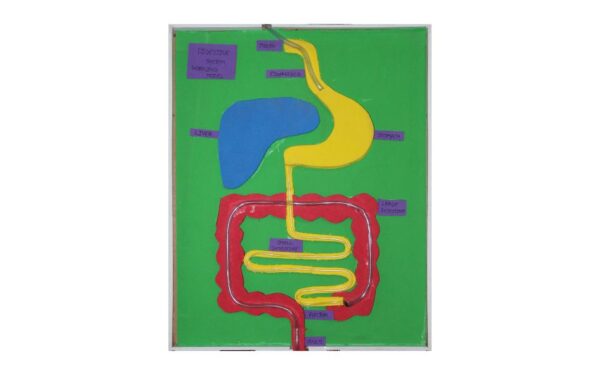


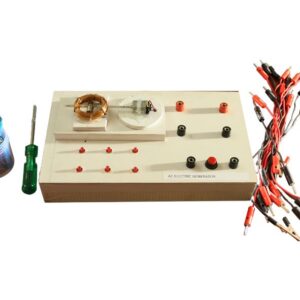
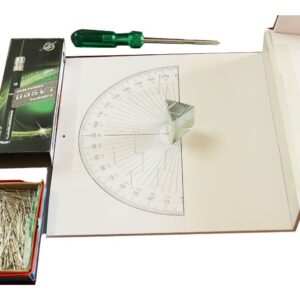
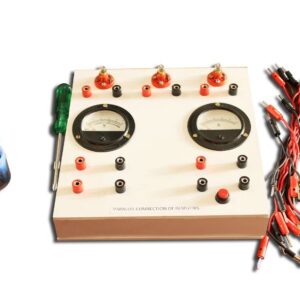
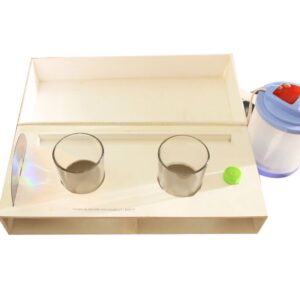
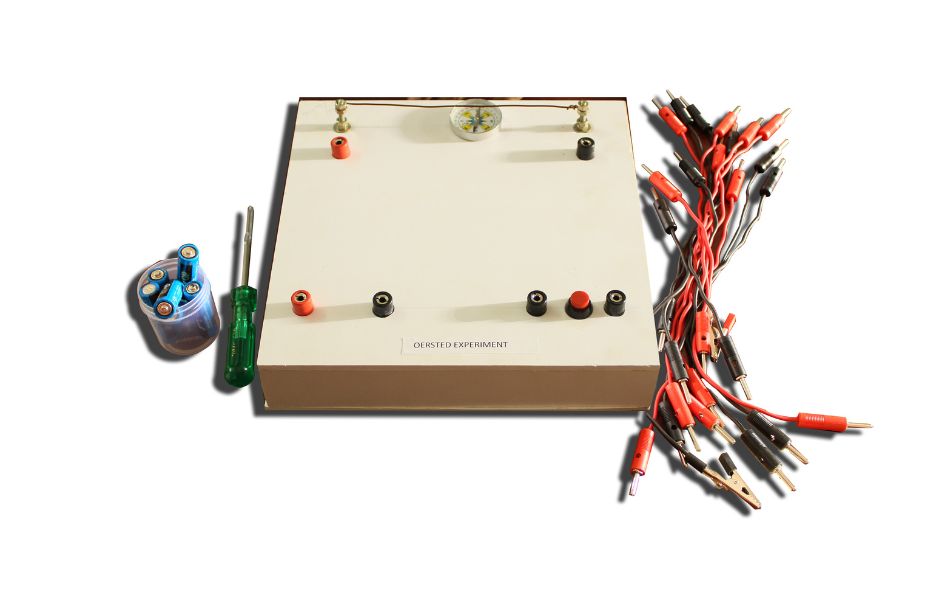
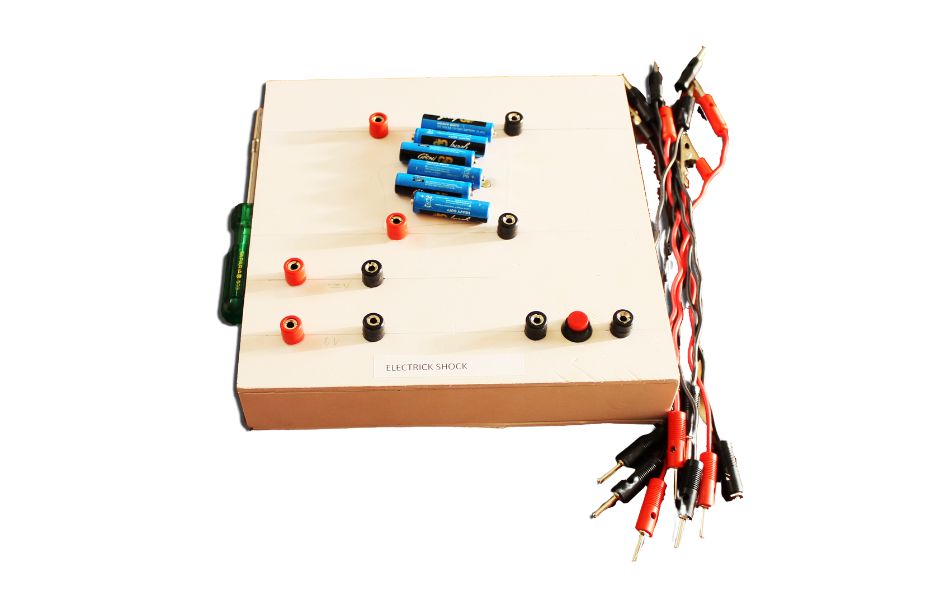
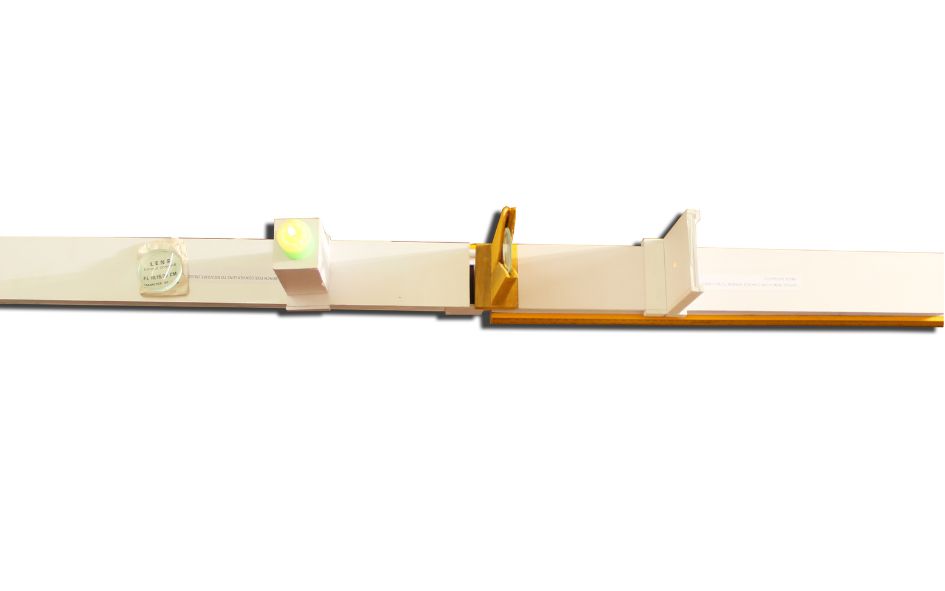
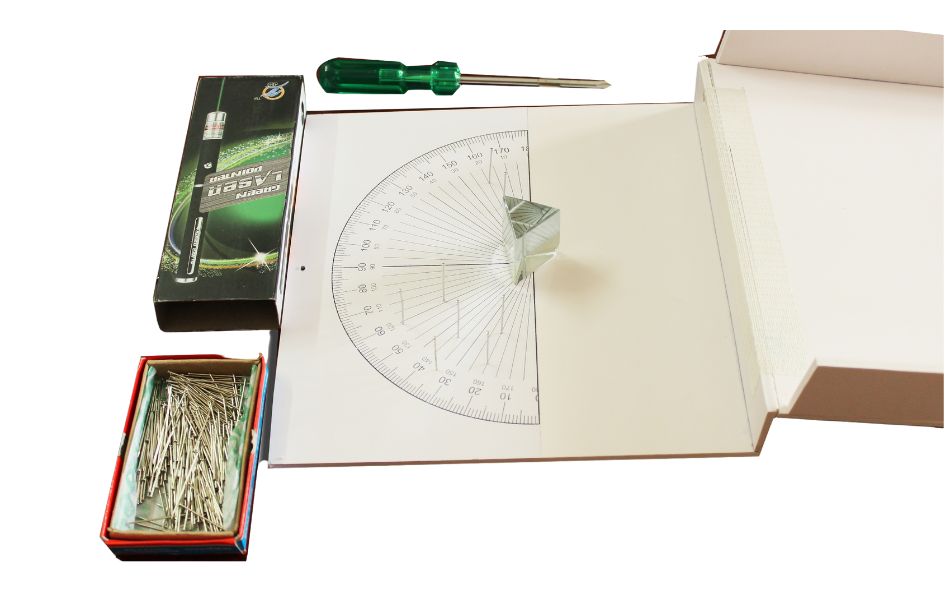
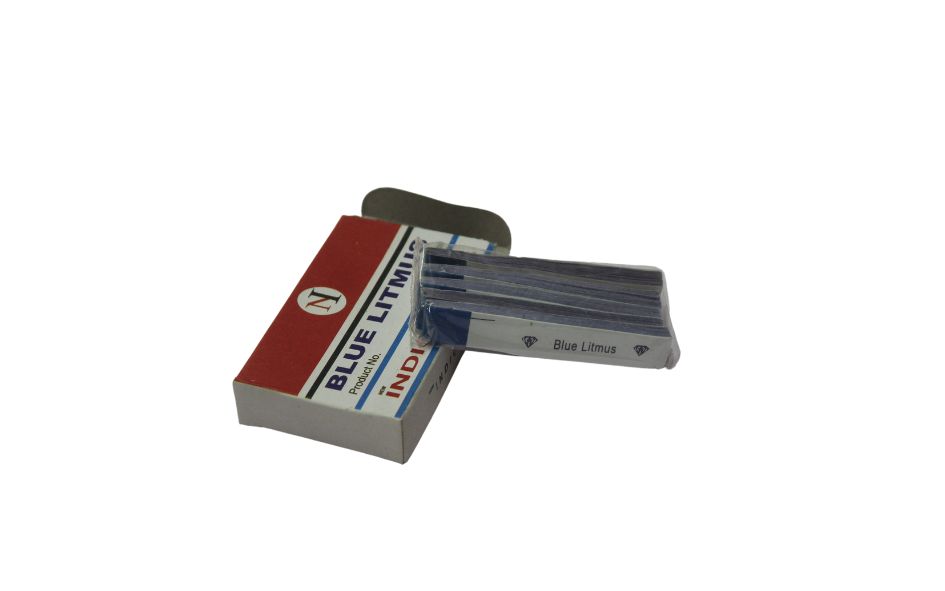
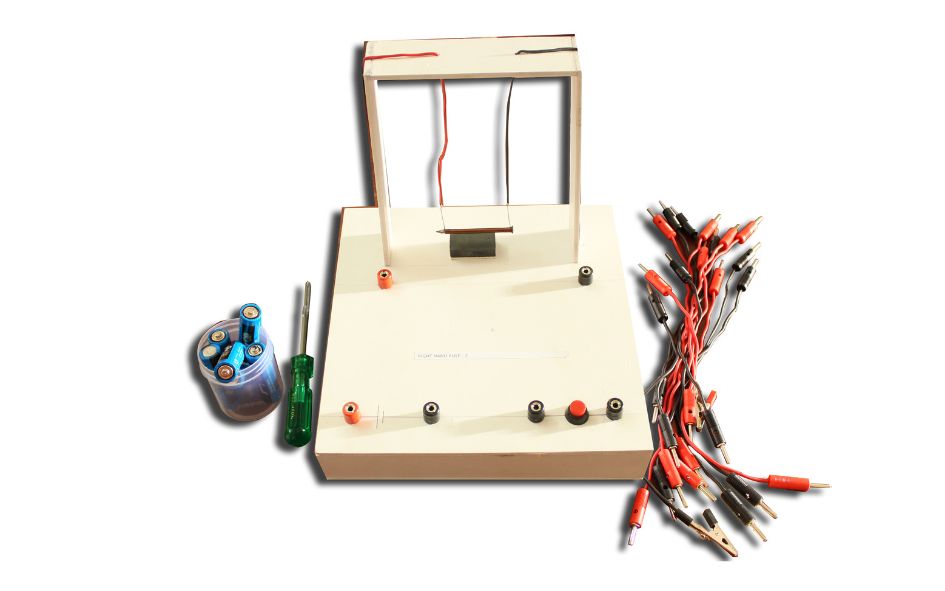
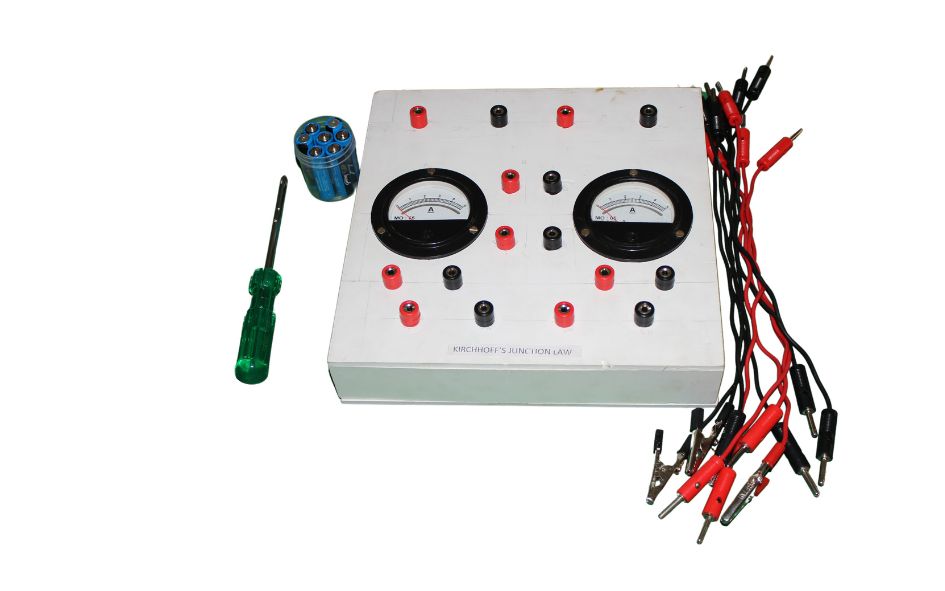
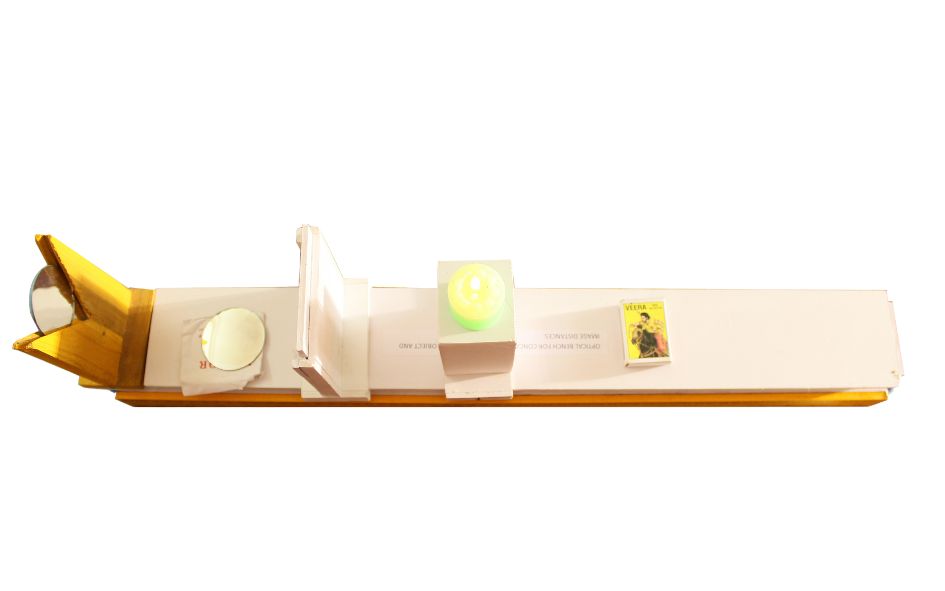
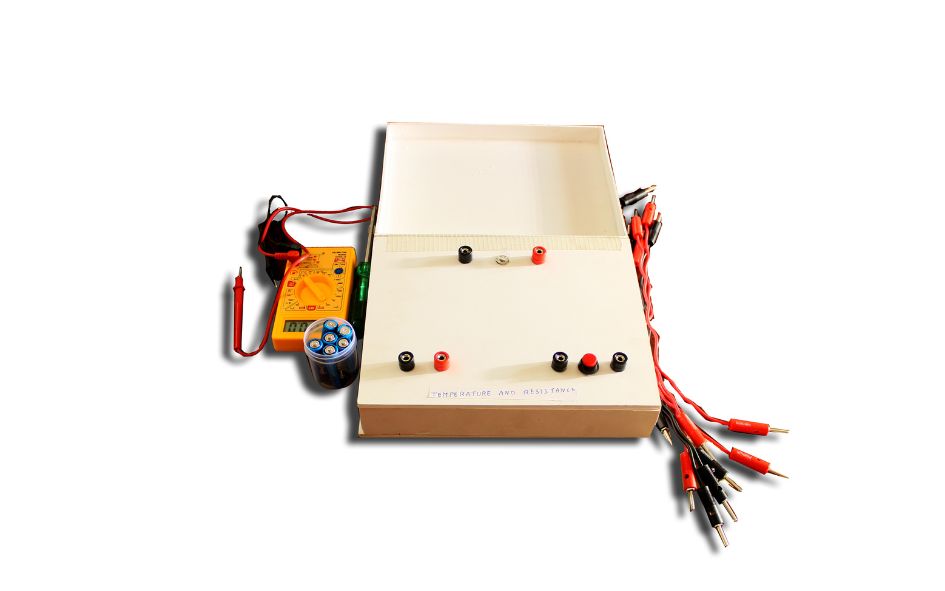

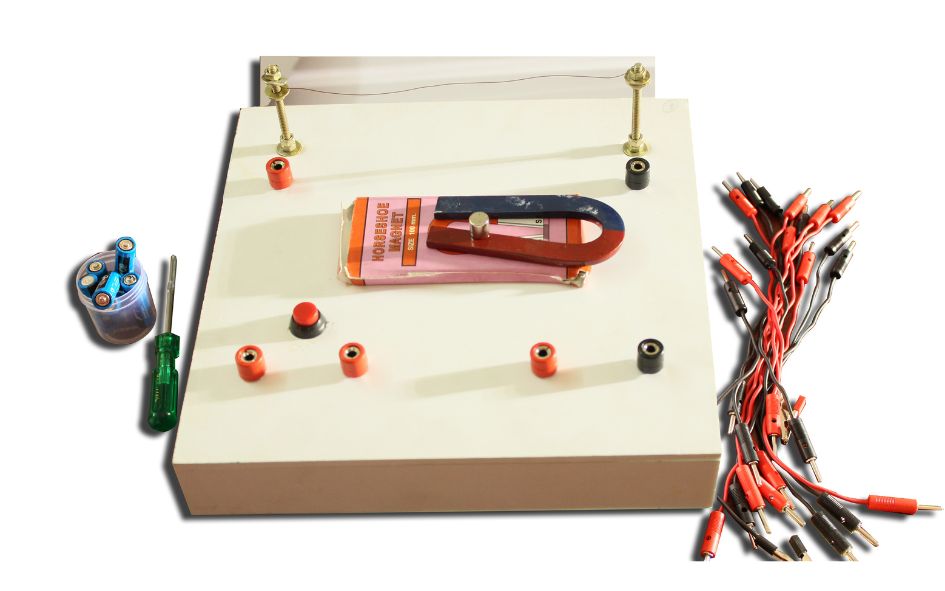
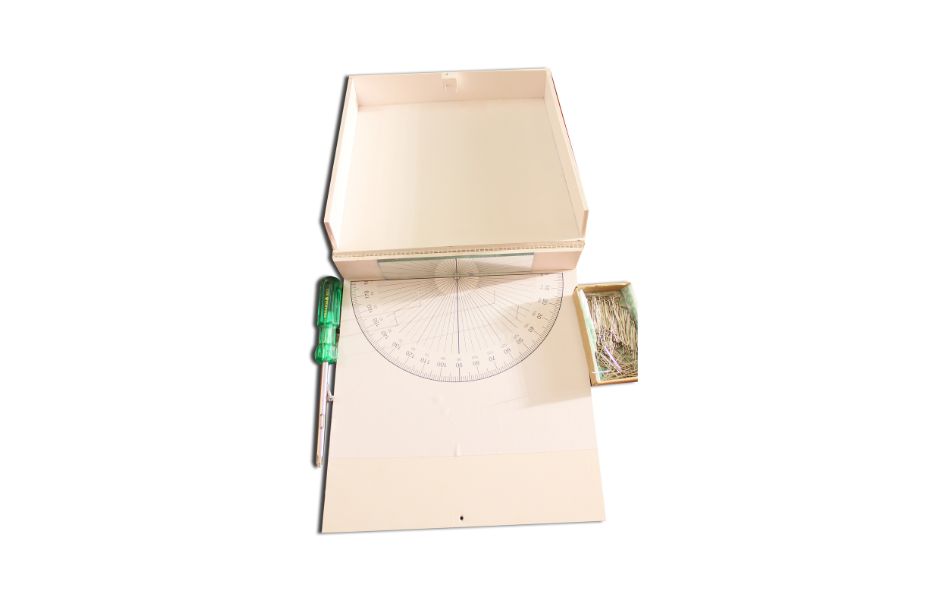

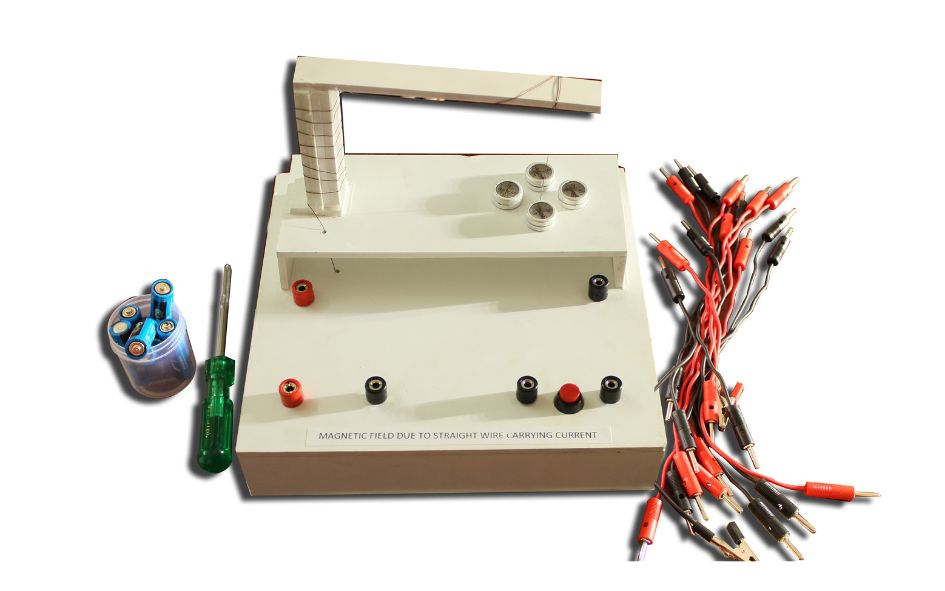
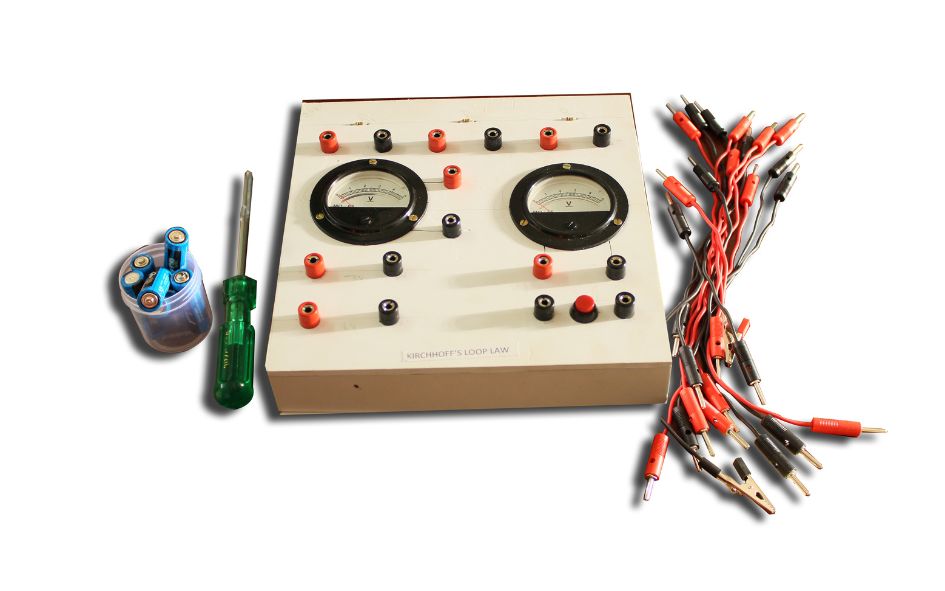
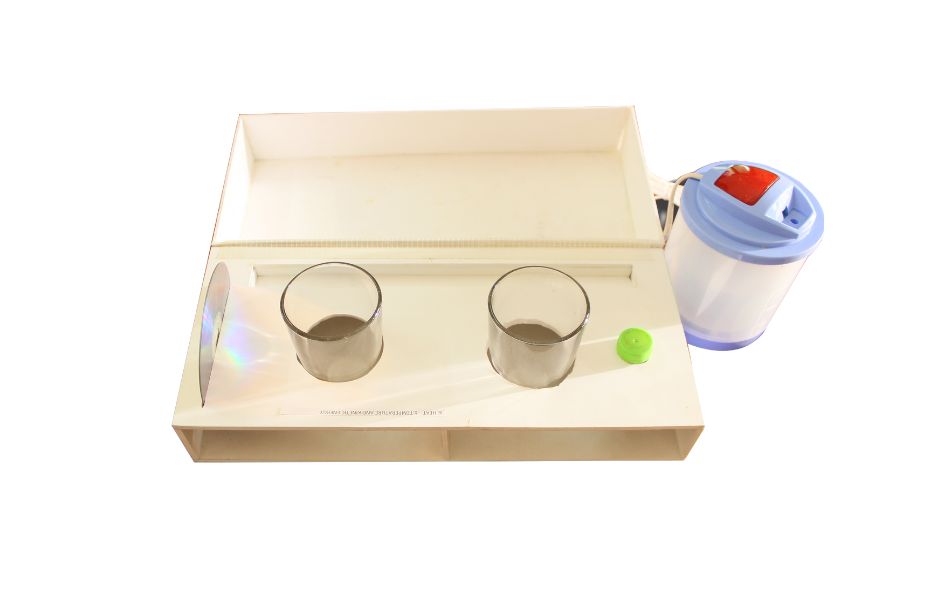
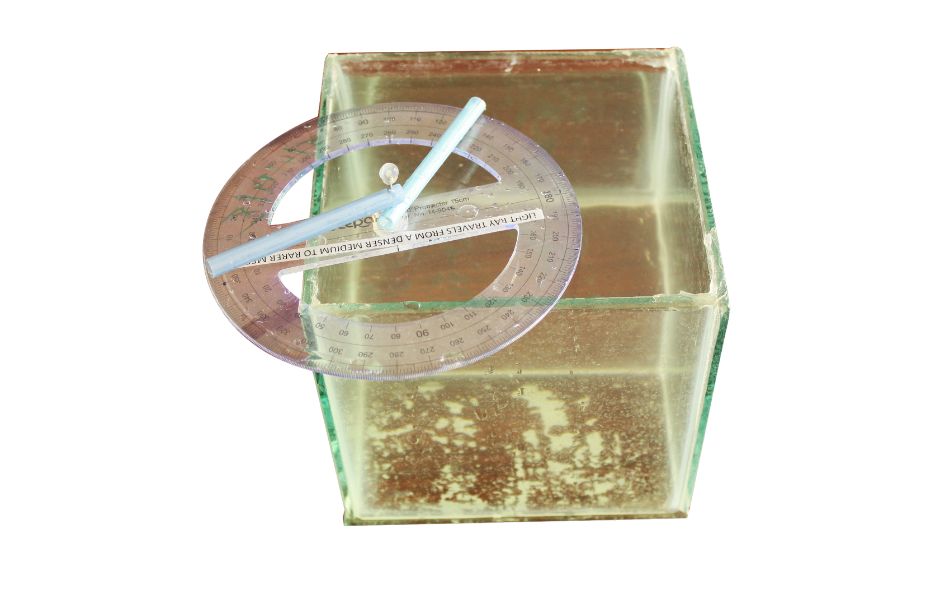
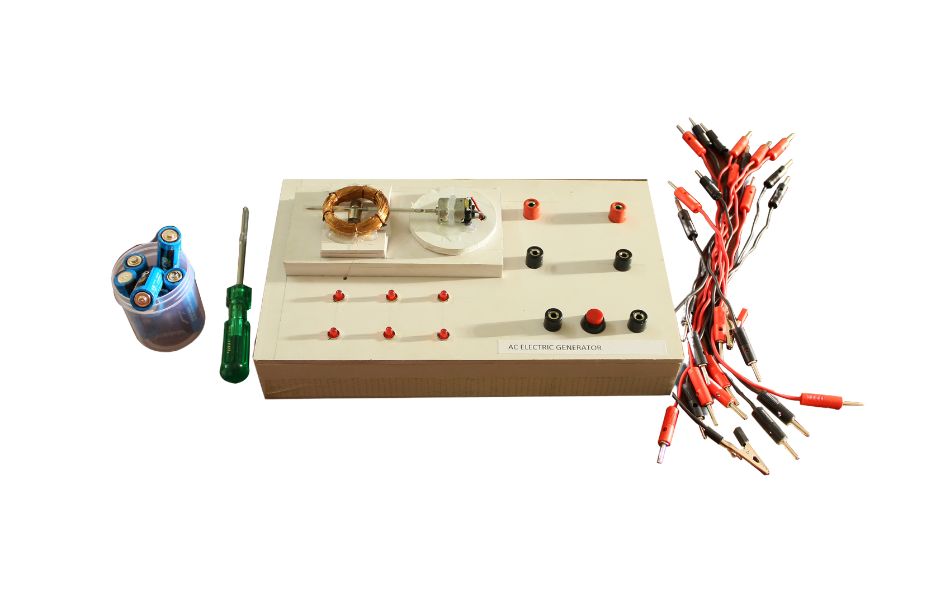
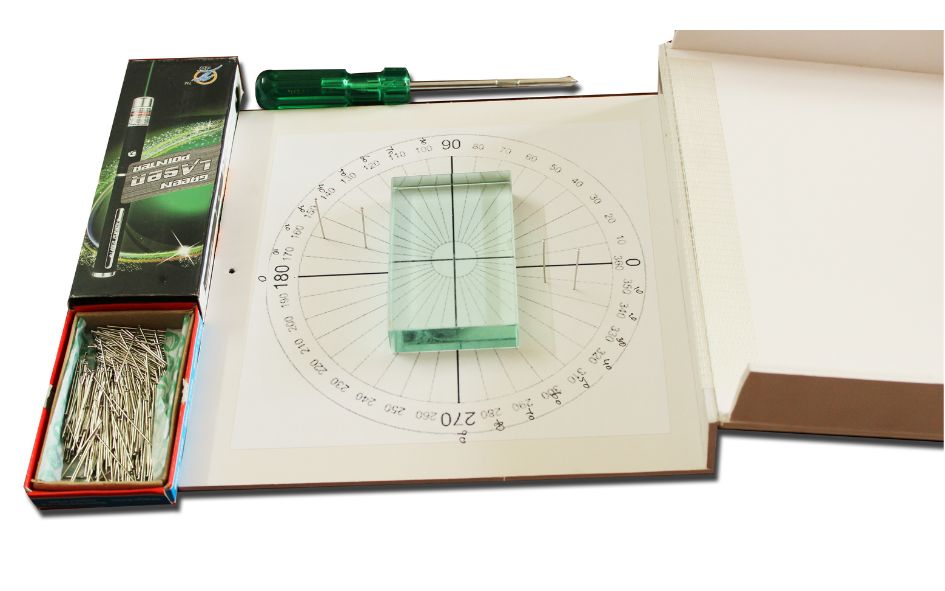
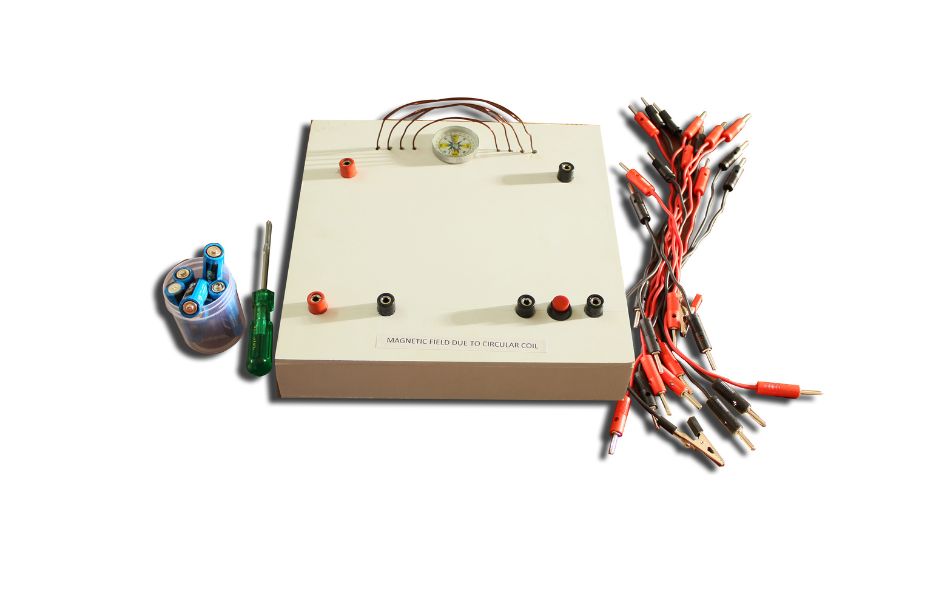
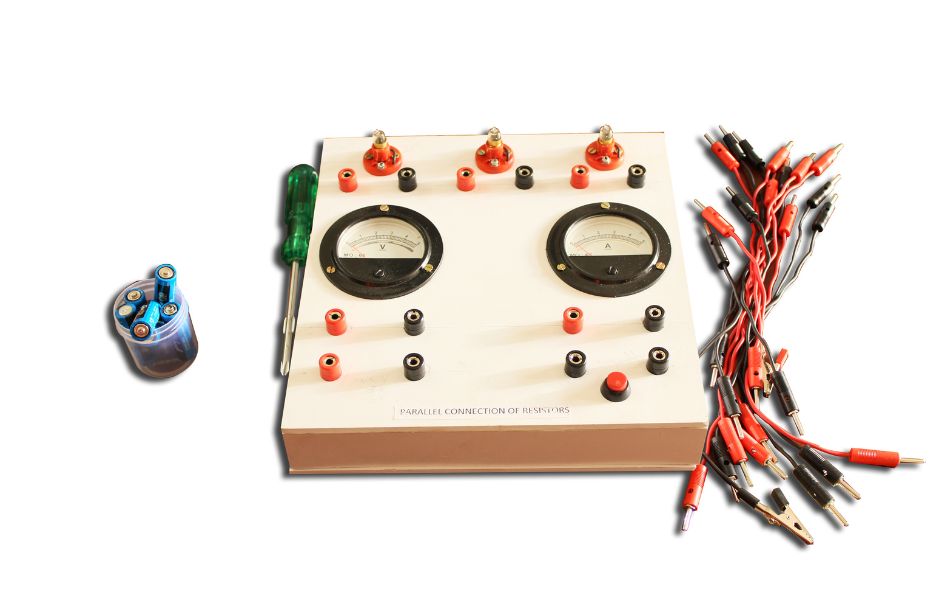
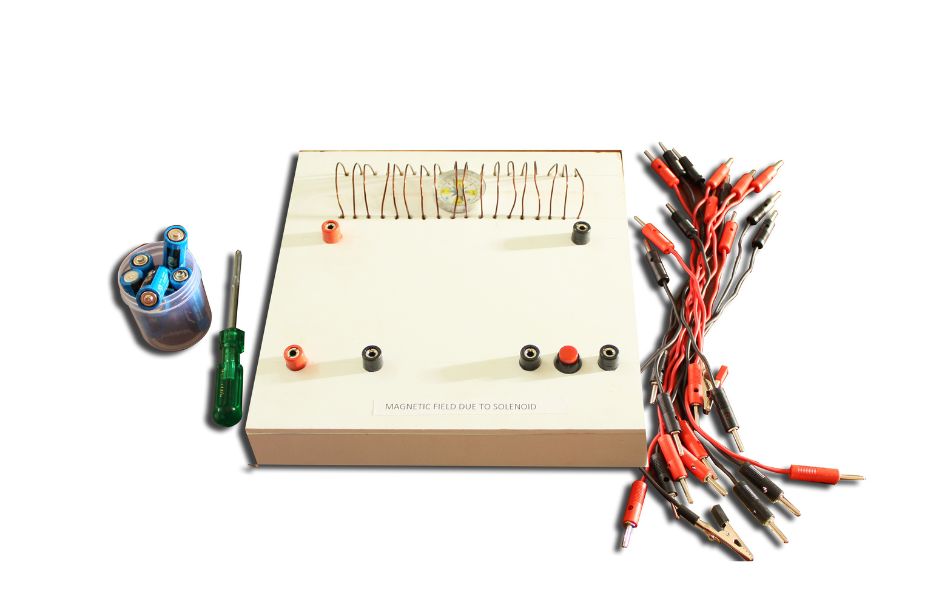
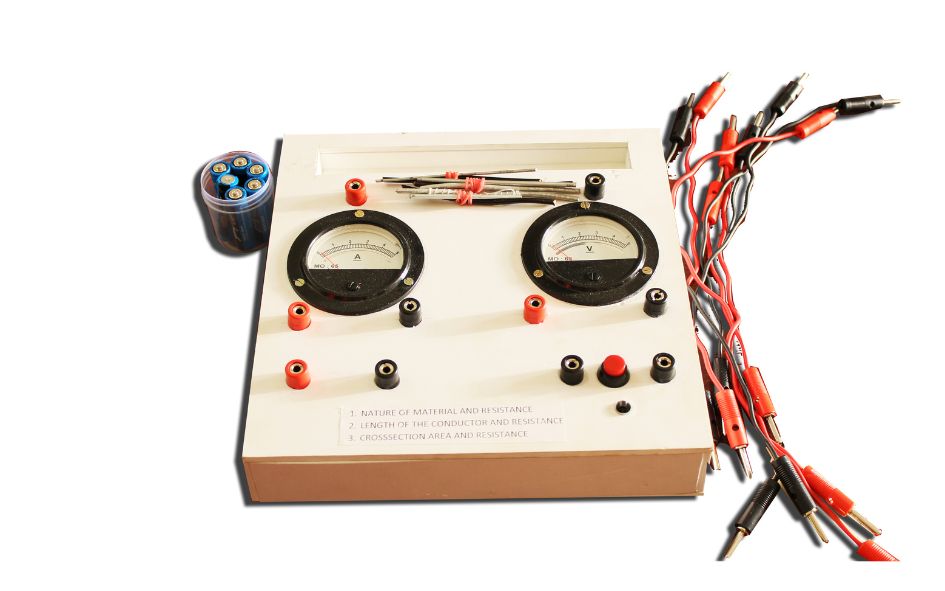
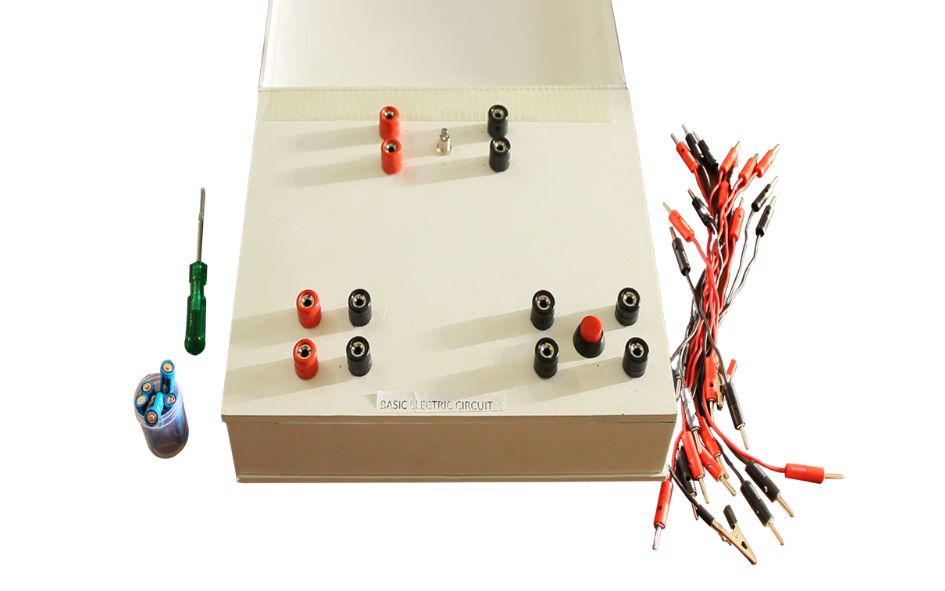
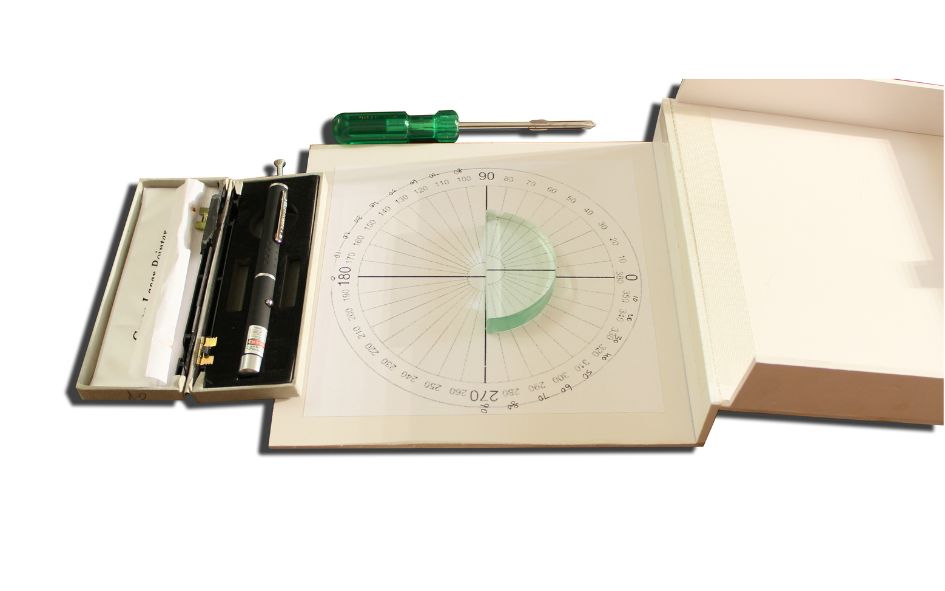
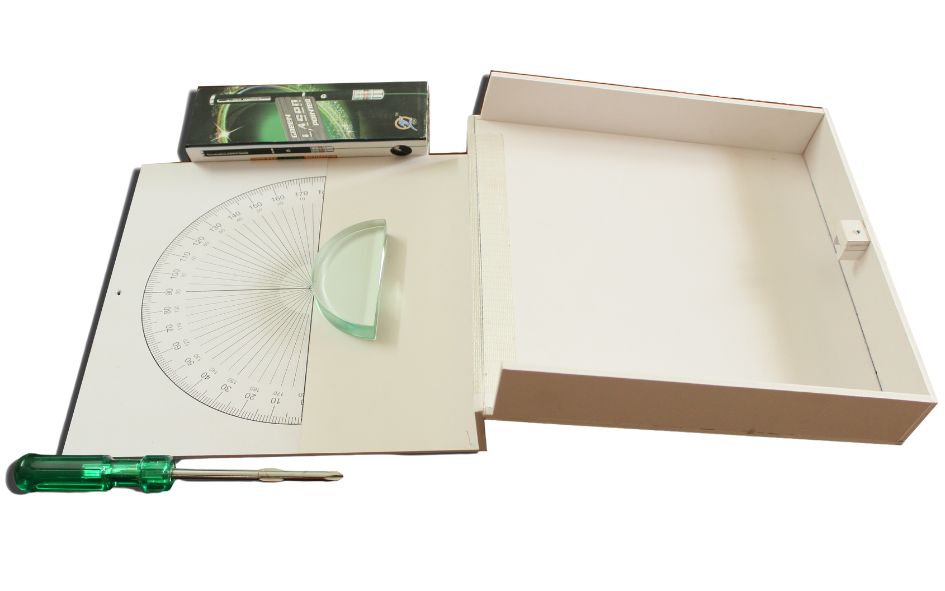
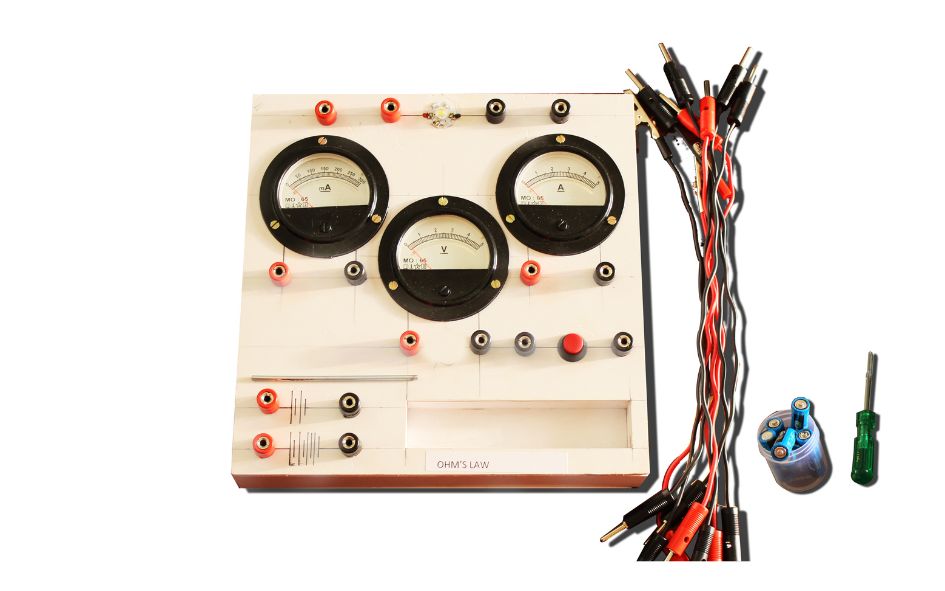
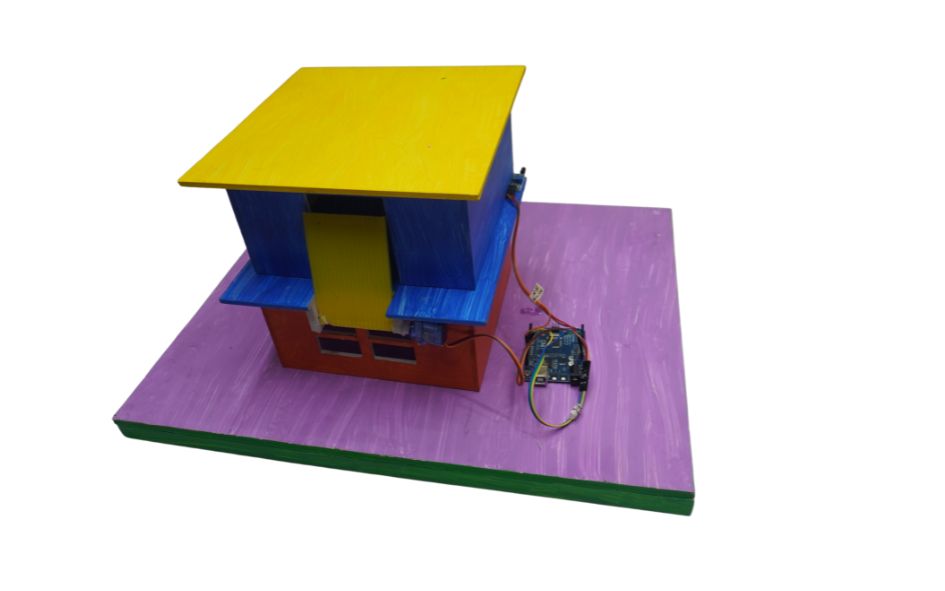

Reviews
There are no reviews yet